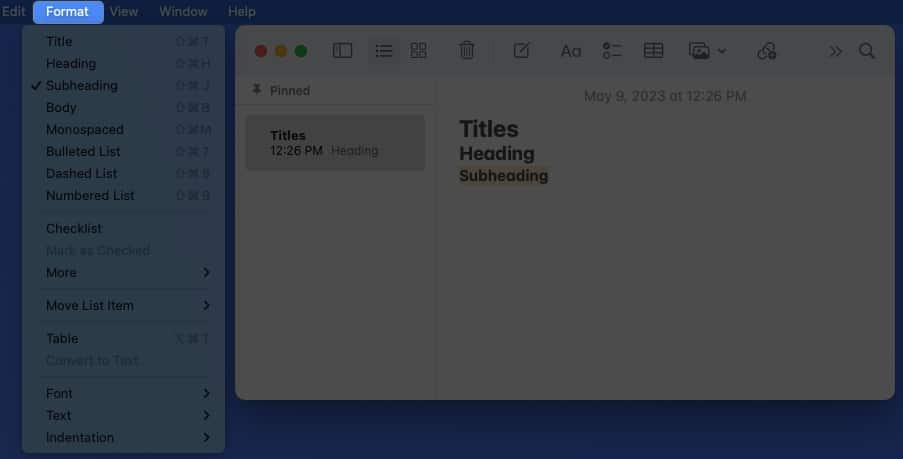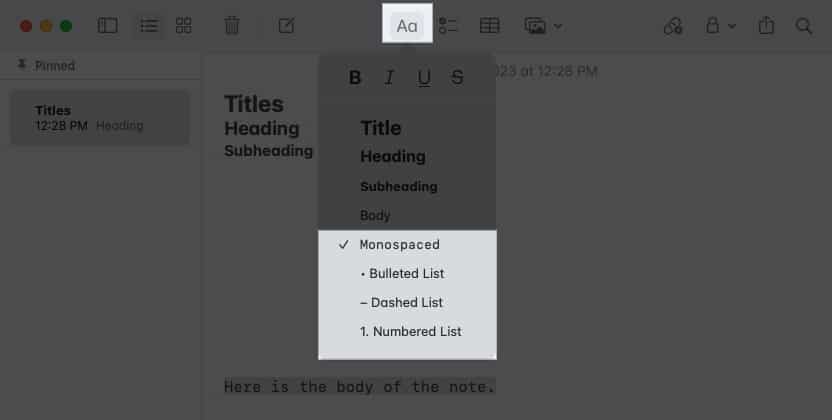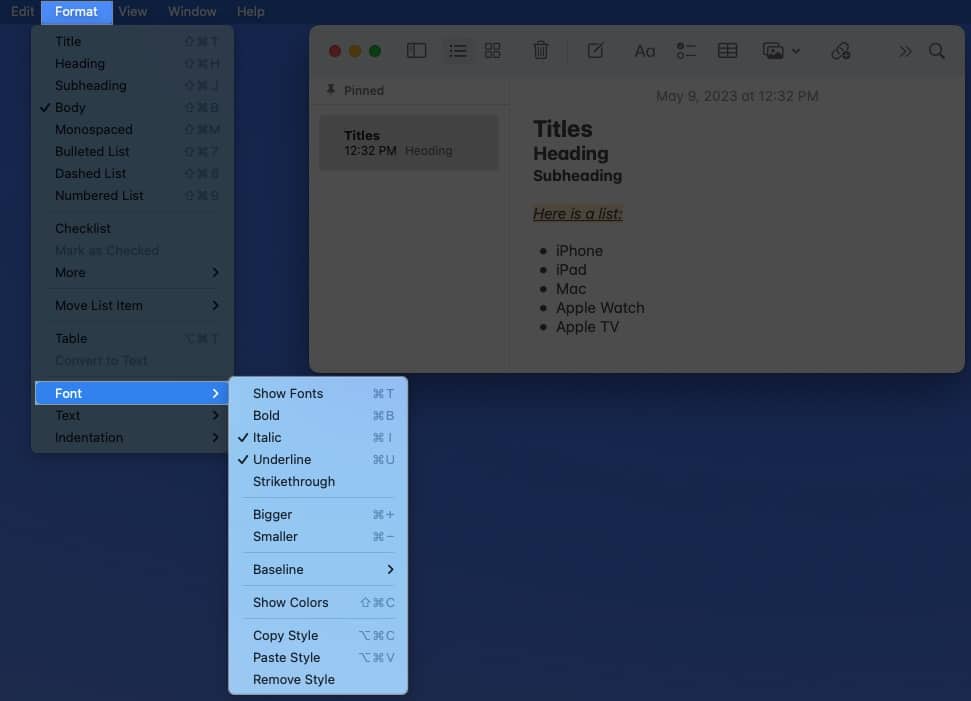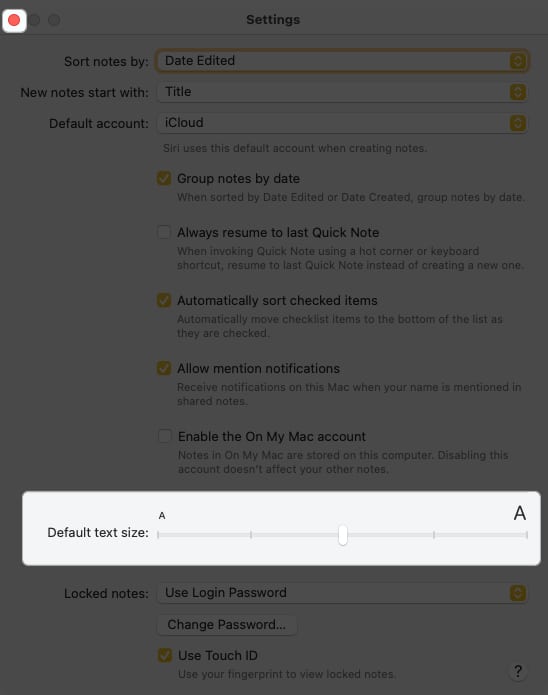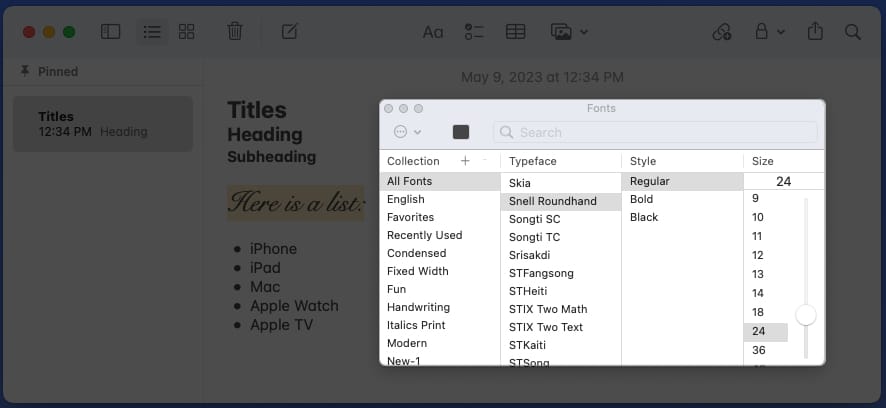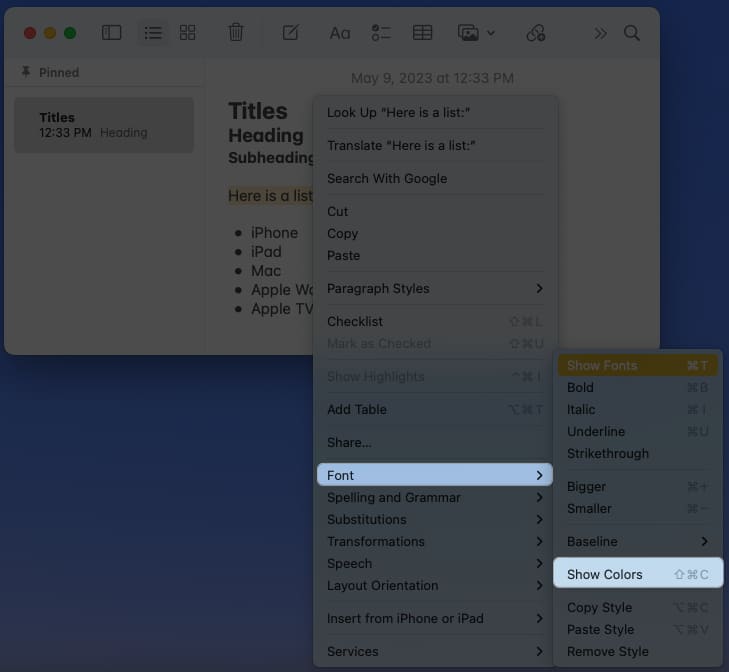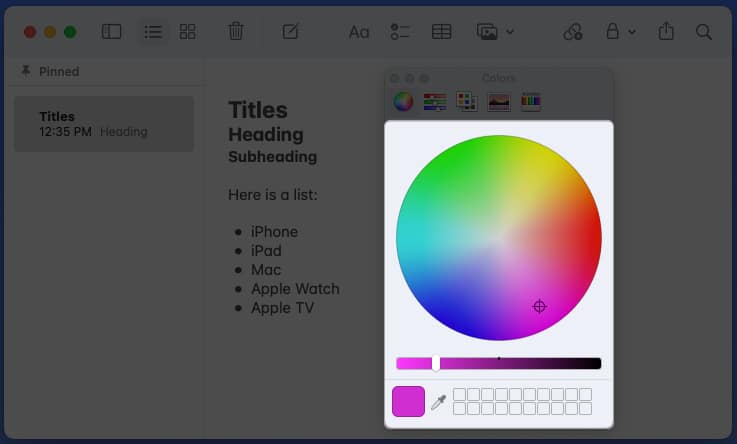How to change font style in Notes on iPhone and iPad How to change the font style in Notes on Mac
How to change font style in Notes on iPhone and iPad
You can style your font with titles, headings, and lists, as well as format it with options like bold and italic in Notes on iPhone and iPad. Additionally, you can use the Quick Styles gesture to make fast changes.
Format titles, headings, subheadings, and body text
Format lists
Change the font format with Quick Styles
One lesser-known way to change font formats in Notes on your mobile device is using Quick Styles. You’ll receive the same options like titles, headings, body text, and lists, but you can apply them quicker. You’ll immediately see that style applied to your text.
Change the default font style for new notes
While you cannot change the default font size for new notes on iPhone and iPad, you can pick a different Paragraph Style, like on Mac. Because you have more options for font formatting in Notes on macOS than you do on iOS and iPadOS, let’s get into it.
How to change the font style in Notes on Mac
From titles and headings to body text to lists, you can make several changes to the font in Notes on Mac. Plus, you have a few extras that can help you format text exactly as you please.
Format titles, headings, and subheadings
You can format existing text or set up the style before you type your text, whichever works best for you.
Format body text and lists
You’ll notice that when you open the Paragraph Styles menu, you can also choose other options.
You can pick Body or Monospaced for the font style in the main part of your note. Unlike titles, headings, and subheadings, your note continues to use this format as you press Return throughout your note unless you change it. You can also format your note with a Bulleted, Dashed, or Numbered list by picking one of those styles. The default font for lists is the Body style. When you choose a list style, enter the list item, and press Return, you’ll see another dot, dash, or number ready for your next item. To end a list and stop the list formatting, press Return twice.
Apply bold, italic, underline, and strikethrough
Along with the above styles, you can make your text pop by applying bold, italic, underline, or strikethrough. Select the text and do one of the following to format it:
Click the Paragraph Style button in the toolbar and choose an option at the top of the pop-up window. Right-click, move to Font, and pick an option at the top of the pop-out menu. Select Format in the menu bar, move to Font, and choose the format.
Change the default style and font size for new notes
The default system fonts for the Apple platform are San Francisco (SF) and New York (NY). And while you may find these fonts easy to read, which is Apple’s intent, you may simply prefer something else. As of this writing, you can’t change the default font style in Apple Notes. However, you can change the default size as well as the Paragraph Style for starting new notes. With every new note you create moving forward, you’ll see your selected paragraph style and font size by default. If you want to change that style, just use the steps above.
Change the font style and color in a single note
While you cannot change the default font style and color, you can pick a different one for text in individual notes. This lets you use a particular style or color for an entire note or just certain text. Create better notes with fonts and styles! With a few simple changes, you can format the font in the Notes app to make it stand out, easier to read, or more attractive. Each style or format takes little time but can make a big difference when reading or sharing your notes. Will you try out a new style or format for Notes? Do you think there’s a font or format feature that’s missing? Let us know! For more, look at how to use tables in the Notes app. Read more:
How to use tables in Notes app on iPhone, iPad, and Mac How to scan documents in Notes App How to pin a note to the top of your Notes list on iPhone, iPad, Mac How to tag someone in Notes app on iPhone, iPad, and Mac
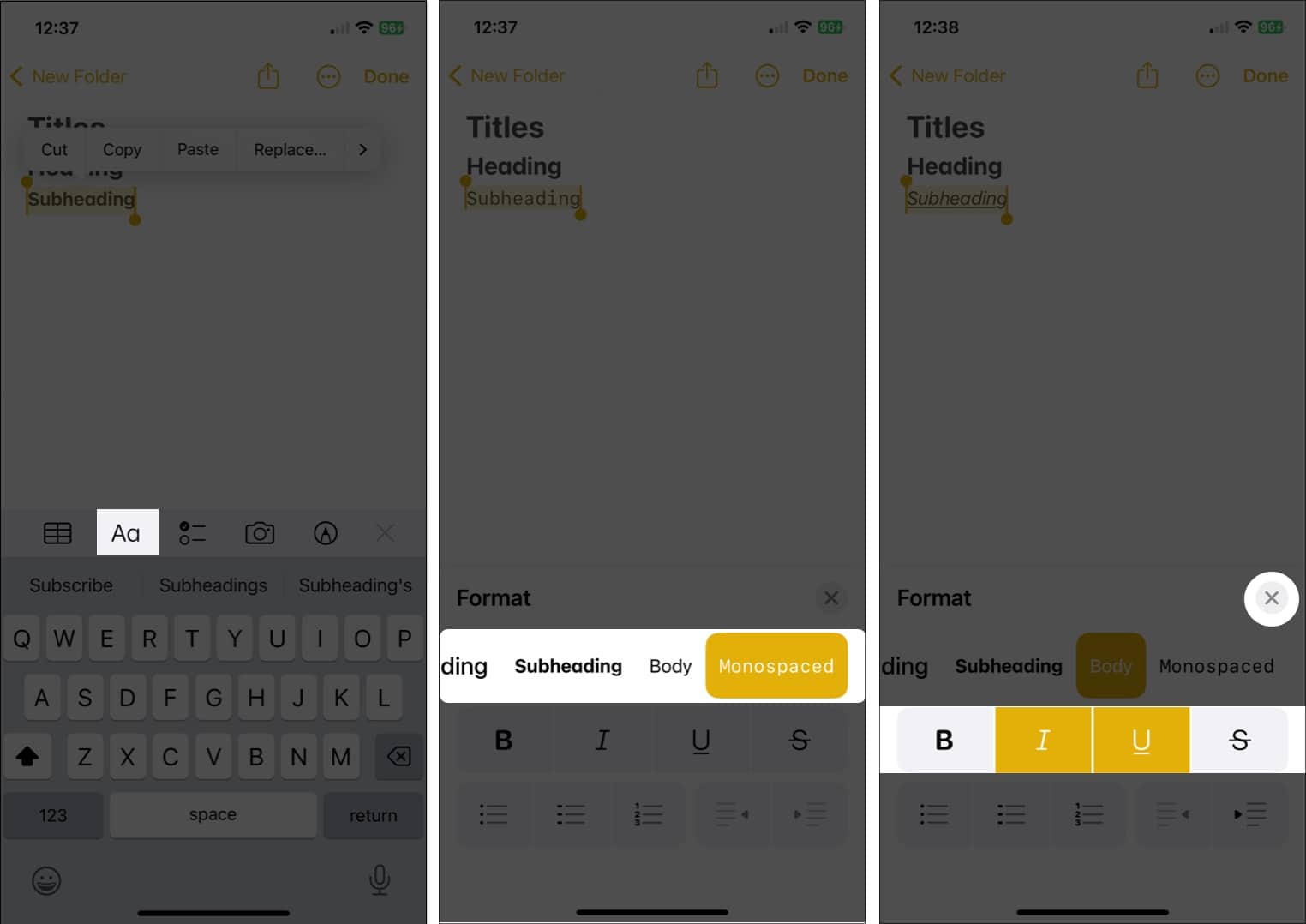
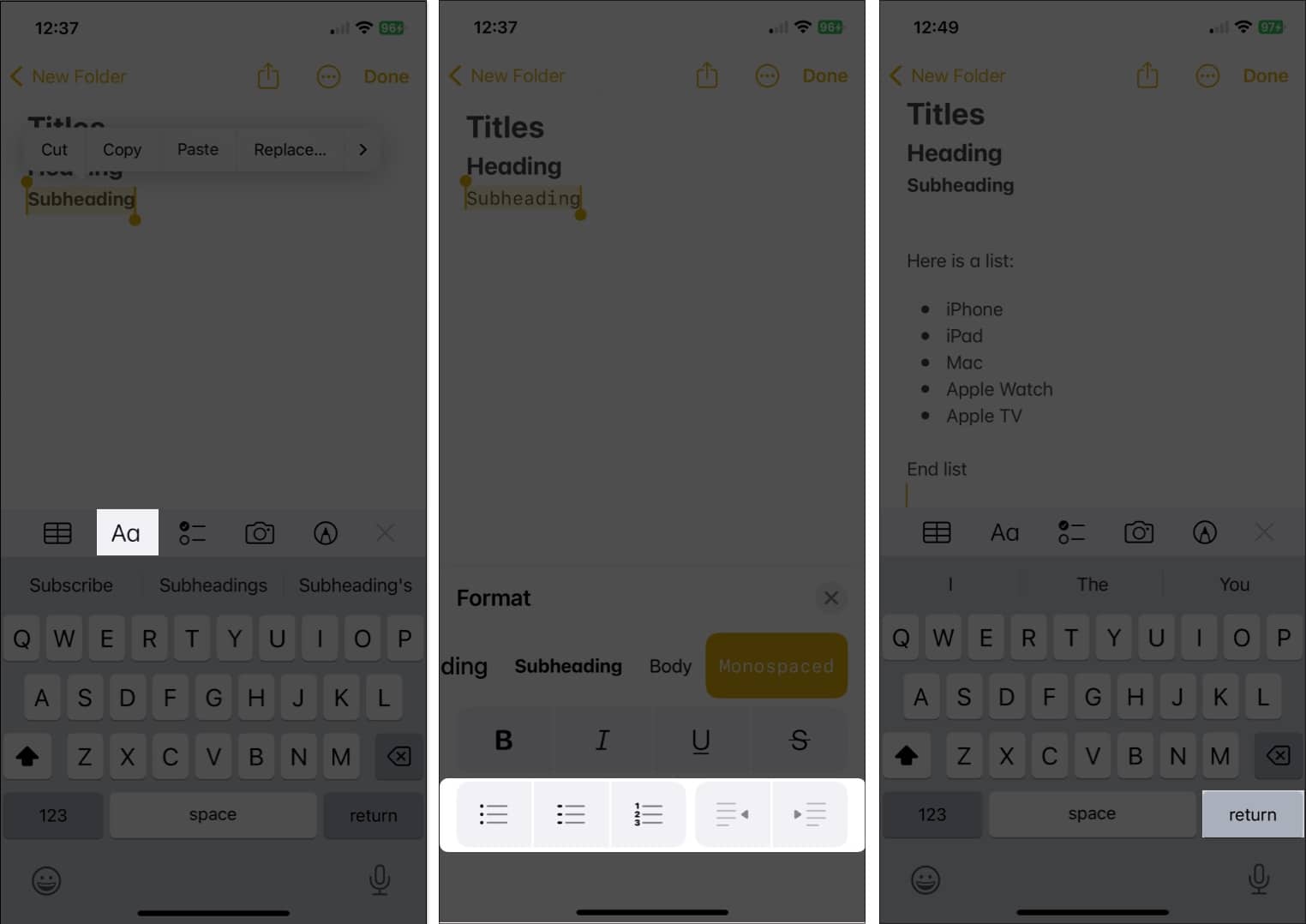
![]()
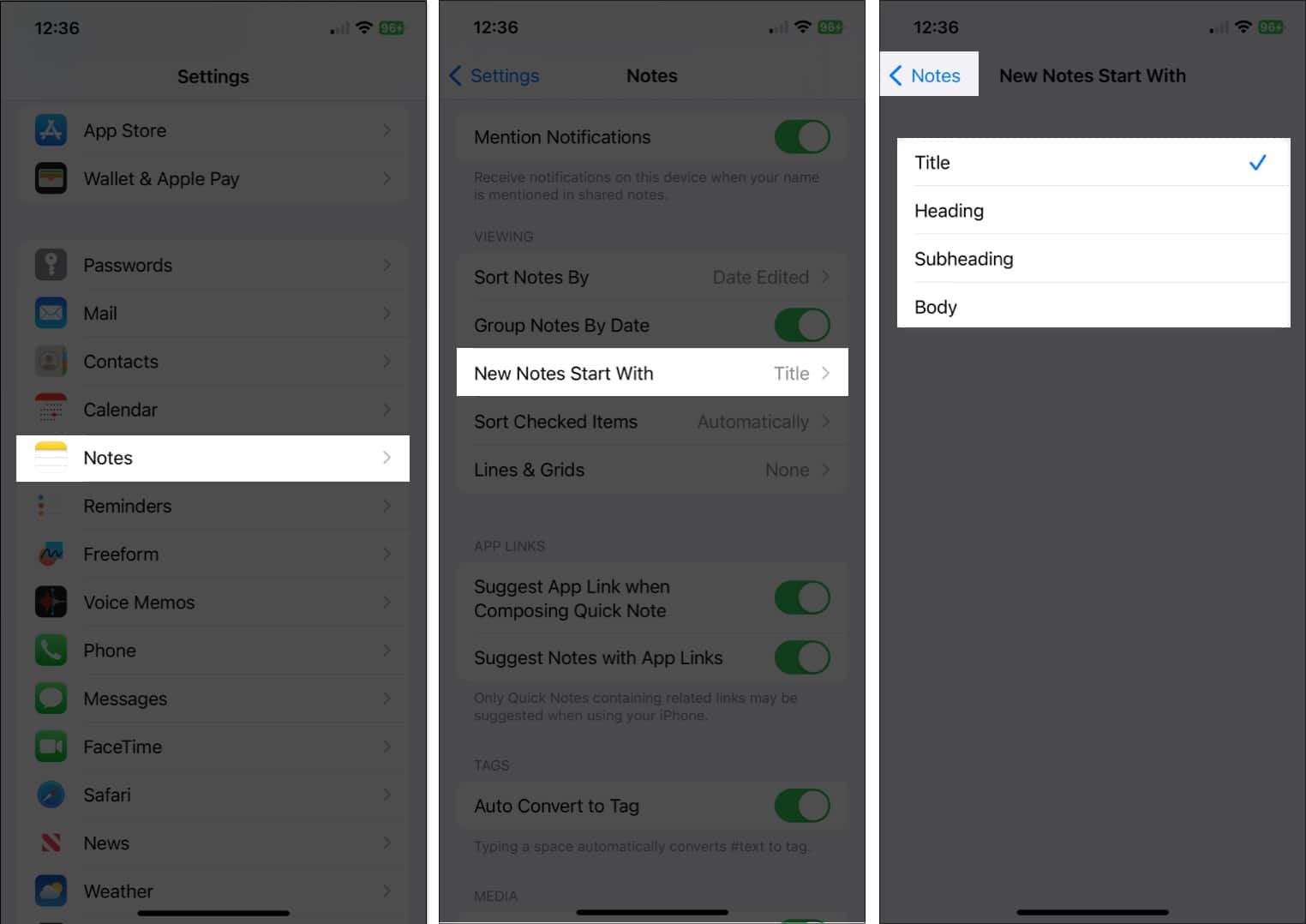
![]()
